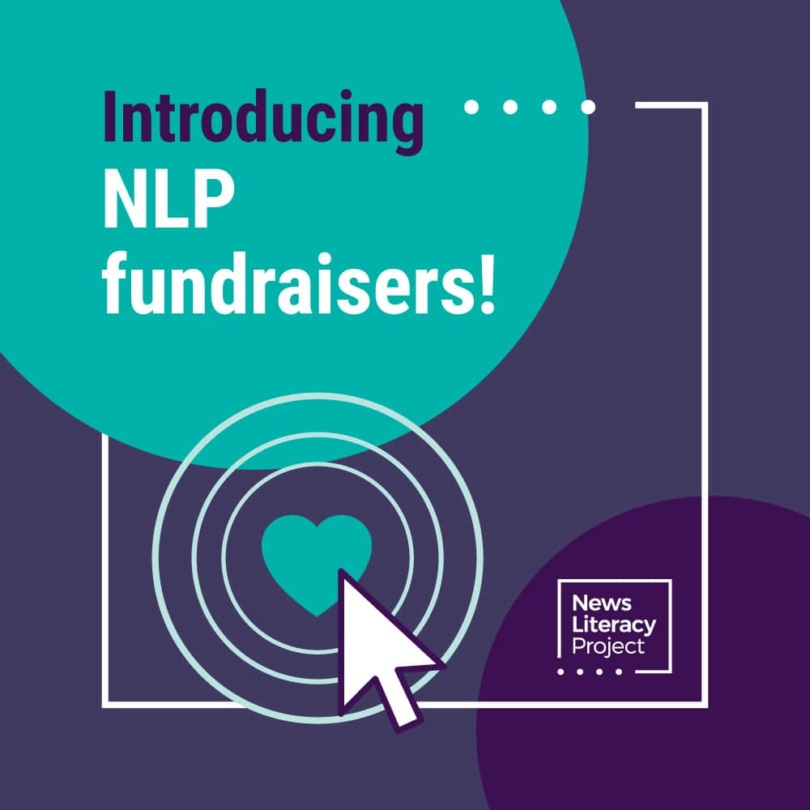The Sift: Signal chat leak | Al Roker deepfake
In this issue
Signal chat leak | Al Roker deepfake | RumorGuard slides | Daily Do Now slides
 Daily Do Now slidesDon't miss this week's classroom-ready resource.  |
Top picks
Educator, here are the latest news literacy topics and tips on how to integrate them into your classroom.


| In a major security breach, a journalist was added to a Signal app group chat in which U.S. government officials were discussing military strikes in Yemen. Image credit: BigTunaOnline / Shutterstock.com |
1. Why The Atlantic published top-secret chat
Jeffrey Goldberg, editor-in-chief of The Atlantic, was sitting in his car at a Safeway parking lot when he received messages from a group chat of government officials detailing attack plans for U.S. strikes in Yemen. More than a week later, after careful deliberation, Goldberg shared the security breach and some of the attack plan messages with Atlantic readers.
Journalism ethics are a top consideration in a situation like this. Poynter’s Kelly McBride explores ethical questions to consider in scenarios where journalists are accidentally looped in on top-secret information. According to McBride, journalists should first assess whether the information is real, then report facts “as fully as possible” and remember that their loyalty is to the public. McBride also notes that journalists should consider who might be at risk if they publish the information.
| Discuss: |
What ethical concerns do journalists grapple with when reporting news? How do journalism standards and ethics help reporters produce credible news? What considerations did Goldberg weigh when deciding to publish information from the Signal group chat?
| Idea: |
Use the “Consider this” slide from Week 18 of the Daily Do Now resource to further explore this topic.
★ NLP Resources:


Infographic: “Seven standards of quality journalism”


“Practicing Quality Journalism” (Checkology virtual classroom)
| Related: |
2. Deepfakes of journalists scam social media users
Scammers are duping social media users with AI deepfake videos and audio of trusted journalists. There’s a deepfake of longtime Today show host Al Roker endorsing a cure for hypertension — a condition he doesn’t have. On TikTok, AI audio impersonating Univision reporter Javier Díaz was used to spread Spanish-language disinformation about immigration issues. Some TikTok accounts are even falsely using logos to impersonate real TV news networks.
AI videos and audio are easy and cheap, or even free, to create quickly, and the technology isn’t well-regulated. Today hosts recommended slowing down, evaluating video quality and lip syncing, doing an internet search, and being cautious about clicking ad links. “We used to say, ‘Seeing is believing.’ Well, that’s kind of out the window now,” Roker said.
| Discuss: |
How can you tell if something is AI-generated or authentic? Why would scammers use well-known journalists or news brands to try and fool consumers? How has AI technology changed the ways you evaluate visual evidence for online claims?
| Idea: |
Share the two “Spot the AI” slides from Week 18 of the Daily Do Now resource, which includes a video of whales. Some are AI-generated, and one is real. Can your students tell which one is real?
★ NLP Resources:
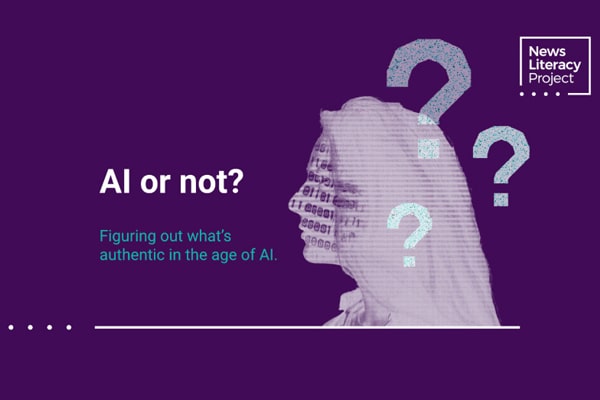

Lesson: “AI or not?”
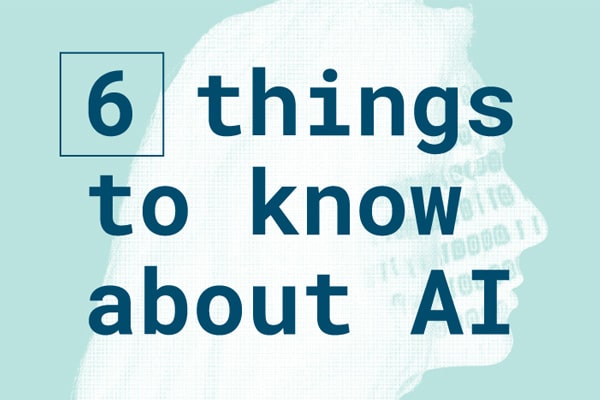

Infographic: “6 things to know about AI”
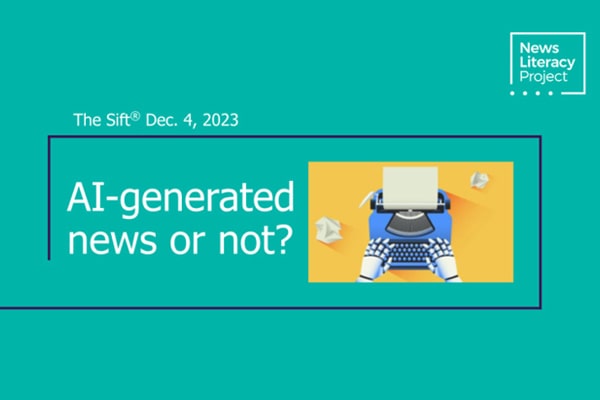

Classroom activity: “Slides: AI-generated news or not?”
| Related: |
- “As generative AI becomes more sophisticated, it’s harder to distinguish the real from the deepfake” (The Conversation).
- “Her classmate used AI to make deepfake nude images of her. Experts say it's not uncommon.” (USA Today).
- “Viral Audio of JD Vance Badmouthing Elon Musk Is Fake, Just the Tip of the AI Iceberg” (404 Media).
3. A son tries to save his dad from conspiracy theories
When NPR host Zach Mack set out to make a podcast about how his dad’s conspiratorial beliefs have impacted their family, it was clear that online misinformation had pushed his father further down the rabbit hole. Mack’s dad was raised in a household that was distrustful of health and educational institutions, but Mack told PBS NewsHour that his dad’s conspiratorial beliefs have slowly ramped up since the pandemic. Despite multiple conversations about misinformation, Mack’s dad has stayed firmly rooted in conspiracy theories.
When it comes to talking with a loved one, science writer David Robert Grimes says it’s more important to have discussions than debates. “You never change anyone else's mind. You simply give them the tools to do it themselves, and you rarely get that from an adversarial format,” Grimes said.
| Idea: |
Share this seven-minute PBS NewsHour video with students, then review this infographic about civil discourse with them. Discuss Mack’s situation with his father, who believes in multiple conspiracy theories. How would you discuss misinformation if someone in your family were deep down the rabbit hole? What tips from the infographic would you be most likely to try with loved ones?
| Discuss: |
What makes people vulnerable to conspiratorial thinking? How can conspiracy theories be dangerous?
★ NLP Resources:


Poster: “Conspiratorial Thinking”


Infographic: “How to speak up without starting a showdown”
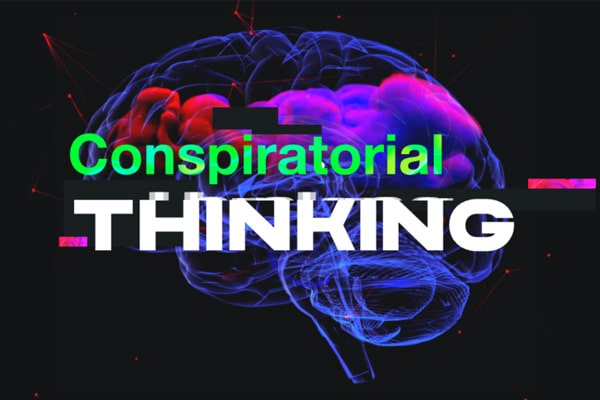

“Conspiratorial Thinking” (Checkology virtual classroom)


★ Featured classroom resource:
|
Image showing hundreds of bears blocking entrance to Yellowstone is fake
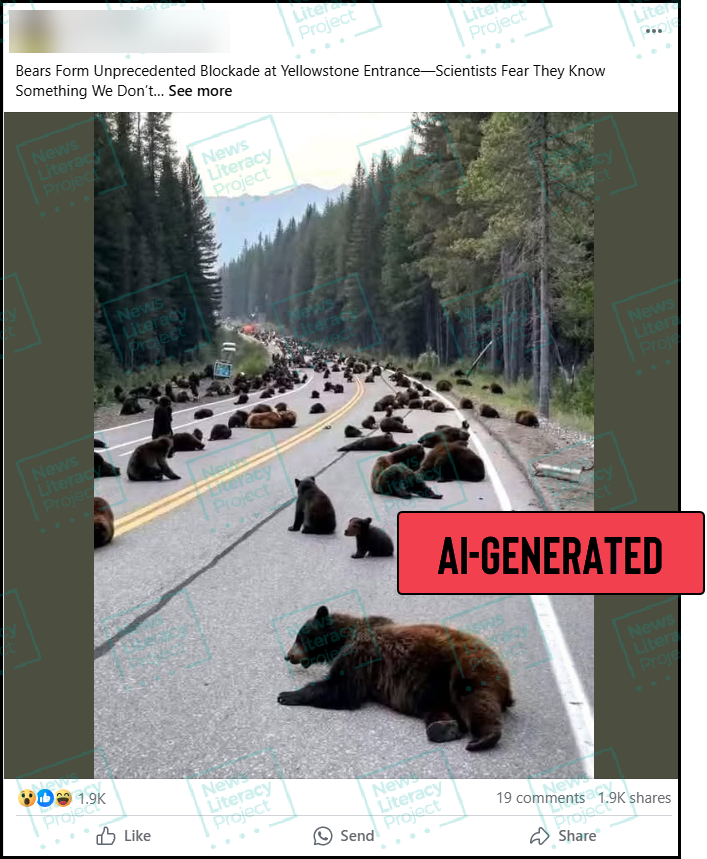

❌ NO: This is not a genuine photograph of hundreds of bears blocking an entrance road into Yellowstone National Park.
✅ YES: This image was created with artificial intelligence tools.
✅ YES: It previously circulated showing bears blocking a highway in Missouri.
✅ YES: The image was originally shared by a Facebook page that describes its content as satirical.
★ NewsLit takeaway
Content involving cute or curious animal behavior is popular on social media, and many accounts use it to generate engagement, even if images are fabricated or taken out of context. Here’s how to spot these “too good to be true” posts:
Check for disclaimers: Satirical stories and AI-generated content is frequently shared online with disclaimers labeling it as fictitious. Look for these labels, but also be aware people sometimes share the content without including them.
Seek a second source: Check for news reports from standards-based outlets about viral content. A lack of news articles about a “bear blockade” at Yellowstone indicates this story may not be authentic.
Think critically: If a post seems too good to be true, it’s a red flag. When encountering a post like the one above, you might ask yourself: Is this normal behavior for bears?
No, NCAA coach Dawn Staley didn’t reject fictional $10 million offer from Musk


❌ NO: This is not a genuine news story concerning NCAA basketball coach Dawn Staley and tech mogul Elon Musk.
✅ YES: This story is entirely fictional.
✅ YES: Fact-checkers found that this text was created using artificial intelligence tools.
★ NewsLit takeaway
There are several websites that traffic in fictional content featuring prominent celebrities, politicians and athletes. This content is often presented as genuine, but the articles are entirely fabricated and don’t cite credible sources. Let’s review the red flags in this example:
A questionable website: While “Women’s Hoops” may be a suitable name for a Facebook page dedicated to women’s basketball, the post links to a website that does not meet quality journalism standards.
A single source: A story about Staley, who has drawn attention for her powerhouse program, rejecting a $10 million donation from a major public figure would warrant coverage by news outlets. But a questionable website is the only source of this alleged news.
A lack of evidence: The story claims that Musk made this offer on social media, but there is no record that he did. There is also no evidence that Staley ever made the quoted statements.


| Need more teaching ideas? Check out this list from The New York Times Learning Network of ways to engage teens with media literacy, including news quizzes, discussion prompts and a news diet challenge. | |
| The kids are all right! Children with smartphones reported better well-being than those without one, and most kids (55%) said news reporters do a very good job, according to a study of 11- to 13-year-olds. But researchers also reported some downsides, such as sleep deprivation and cyberbullying. | |
| Will we have a TikTok ban in the United States? The deadline for TikTok’s parent company to sell the app was extended to April 5, but it’s unclear what will happen. | |
| ADHD content on TikTok is popular, but it’s often inaccurate. A recent study found that less than half of attention-deficient/hyperactivity disorder-related claims on the video sharing app aligned with professional mental health guidelines. | |
| The potential dismantling of Voice of America has alarmed press freedom advocates and experts who worry disinformation will fill the void. | |
| Artificial intelligence can’t replace journalists. That’s the conclusion of an Italian newspaper that experimented with AI-generated stories, which contained errors that needed to be fixed by — you guessed it — human journalists. | |
| Can local newspapers make money? It’s a question one man who owns 92 community papers said he remains committed to answering, despite his company not currently being profitable amid increased newsprint costs and growing hostility toward journalists. | |
| Iranian American journalist Masih Alinejad has spent three years moving from one safe house to the next after the Iranian government sent two men to her New York home as part of an assassination attempt. The men were recently convicted and Alinejad has continued to speak out about freedom of speech. |
Thanks for reading!
Your weekly issue of The Sift is created by Susan Minichiello (@susanmini.bsky.social), Dan Evon (@danieljevon), Peter Adams (@peteradams.bsky.social), Hannah Covington (@hannahcov.bsky.social) and Pamela Brunskill (@PamelaBrunskill). It is edited by Mary Kane (@mk6325.bsky.social) and Lourdes Venard (@lourdesvenard.bsky.social).
You’ll find teachable moments from our previous issues in the archives. Send your suggestions and success stories to [email protected].
Subscribe to this newsletterSign up to receive NLP Connections (news about our work) or update your subscription preferences here. |


Check out NLP's Checkology virtual classroom, where students learn how to navigate today’s information landscape by developing news literacy skills.




